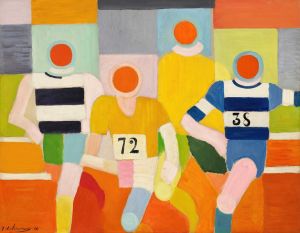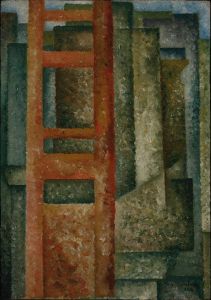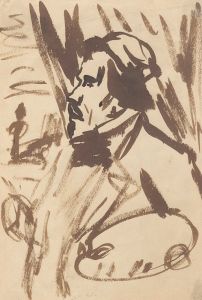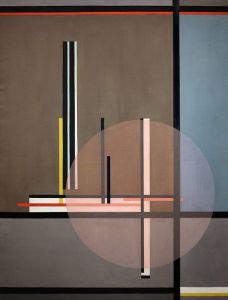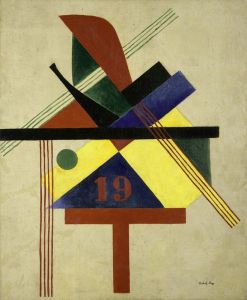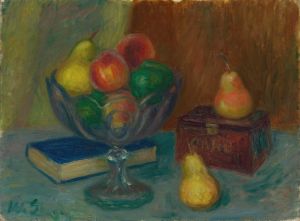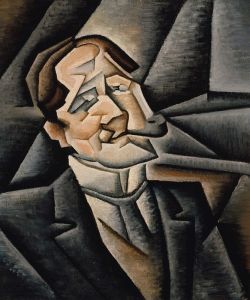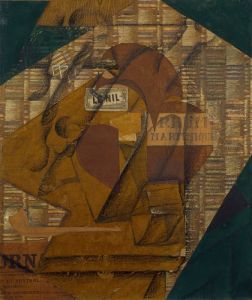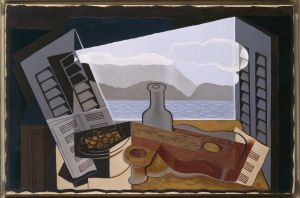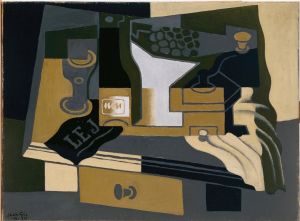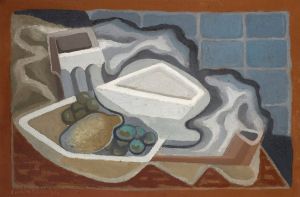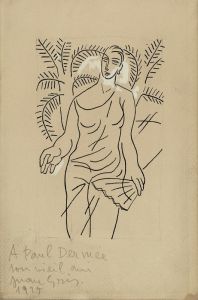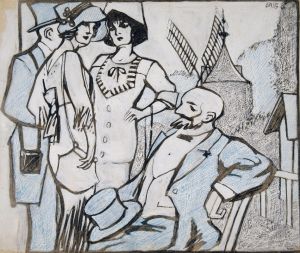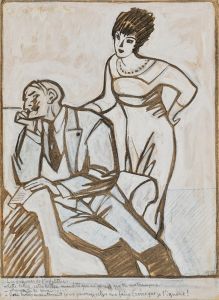
Harlequin
A hand-painted replica of Juan Gris’s masterpiece Harlequin, meticulously crafted by professional artists to capture the true essence of the original. Each piece is created with museum-quality canvas and rare mineral pigments, carefully painted by experienced artists with delicate brushstrokes and rich, layered colors to perfectly recreate the texture of the original artwork. Unlike machine-printed reproductions, this hand-painted version brings the painting to life, infused with the artist’s emotions and skill in every stroke. Whether for personal collection or home decoration, it instantly elevates the artistic atmosphere of any space.
"Harlequin" is a painting by the Spanish artist Juan Gris, created in 1919. Juan Gris, born José Victoriano González-Pérez in Madrid in 1887, was a prominent figure in the Cubist movement, which was pioneered by Pablo Picasso and Georges Braque. Gris moved to Paris in 1906, where he became closely associated with the avant-garde art scene and developed his distinctive style within the Cubist framework.
"Harlequin" is a notable example of Gris's mature work, characterized by its vibrant color palette, geometric forms, and the integration of various textures and materials. The painting depicts a harlequin, a stock character from the Italian commedia dell'arte, which was a popular subject among Cubist artists. The harlequin is typically portrayed as a comic servant figure, often dressed in a checkered costume, and Gris's rendition adheres to this traditional imagery while infusing it with his unique Cubist interpretation.
In "Harlequin," Gris employs a combination of fragmented shapes and overlapping planes to deconstruct and reassemble the figure of the harlequin. This technique is a hallmark of Synthetic Cubism, a phase of Cubism that Gris helped to develop, which emphasizes the use of simpler shapes and brighter colors compared to the earlier Analytical Cubism. The painting's composition is meticulously organized, with each element carefully placed to create a harmonious balance between abstraction and representation.
Gris's use of color in "Harlequin" is particularly striking. He often utilized a limited but bold color palette, incorporating shades of blue, red, yellow, and green to create a sense of depth and movement. The interplay of light and shadow, along with the juxtaposition of different textures, adds to the dynamic quality of the painting. Gris's attention to detail and his ability to synthesize various elements into a cohesive whole are evident in this work.
"Harlequin" reflects Gris's interest in the relationship between art and reality. By breaking down the figure into geometric components, he challenges the viewer's perception and invites them to engage with the painting on a deeper level. This approach aligns with the broader goals of the Cubist movement, which sought to represent multiple perspectives simultaneously and to explore the underlying structure of objects.
Juan Gris's contributions to Cubism were significant, and his works, including "Harlequin," continue to be celebrated for their innovation and artistic merit. "Harlequin" is housed in the Museo Nacional Centro de Arte Reina Sofía in Madrid, where it remains an important piece in the museum's collection of modern art. The painting exemplifies Gris's mastery of form and color, as well as his ability to convey complex ideas through a seemingly simple subject.
Overall, "Harlequin" by Juan Gris is a testament to the artist's skill and creativity, and it holds a prominent place in the history of modern art.





